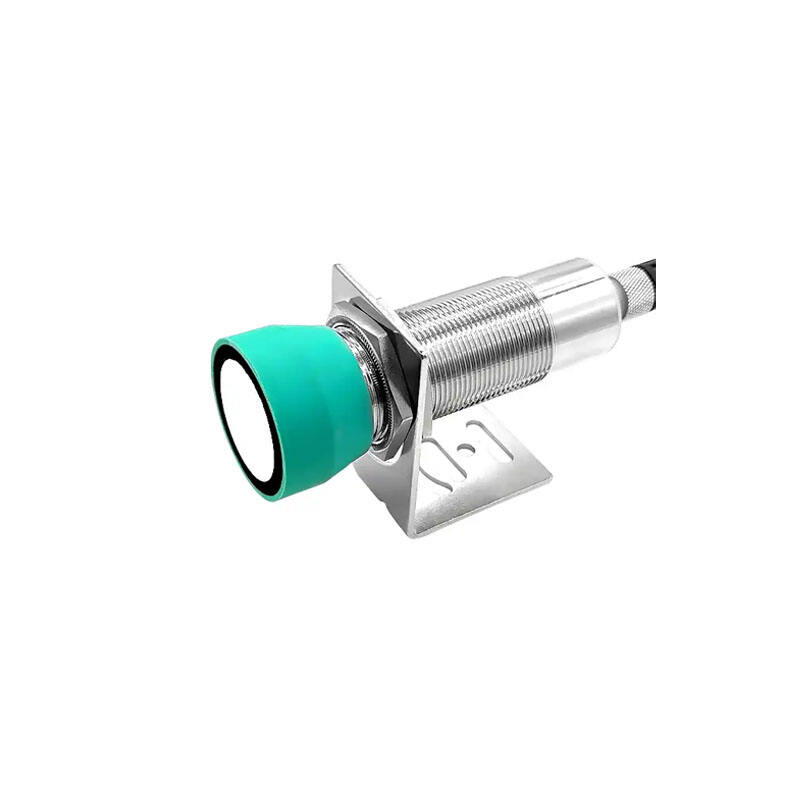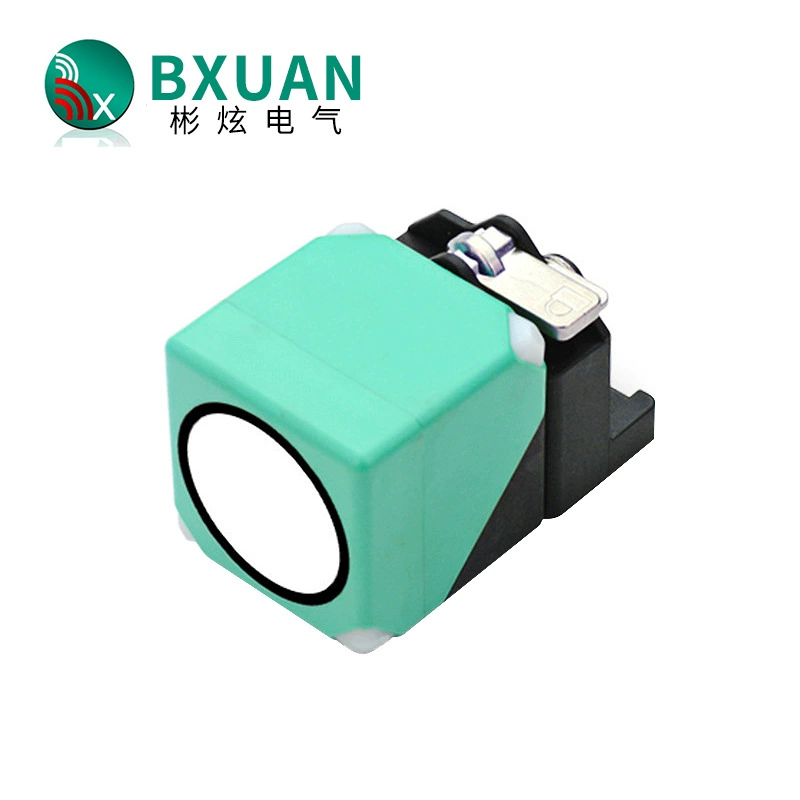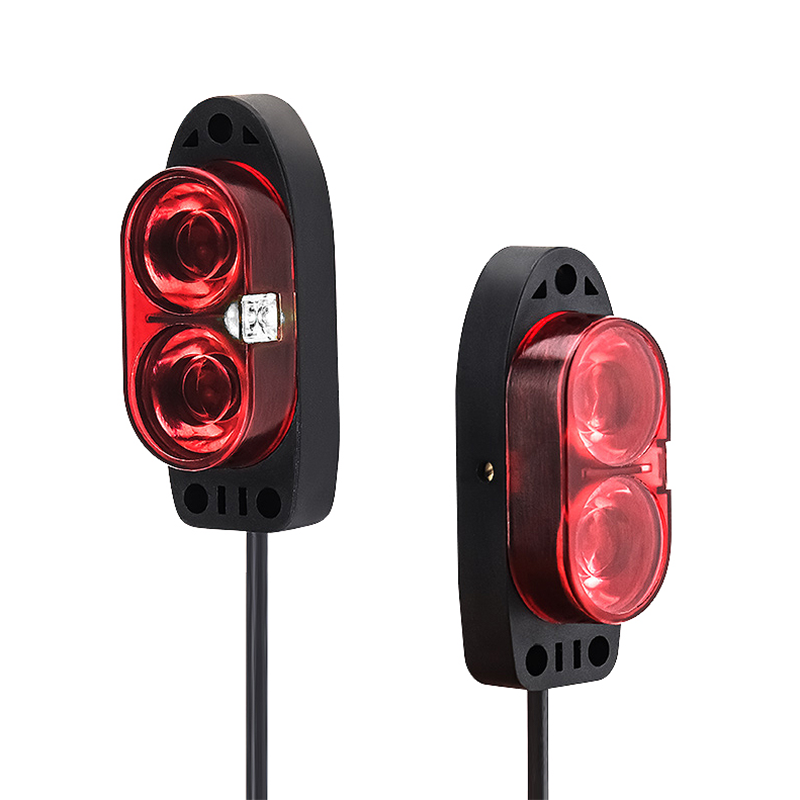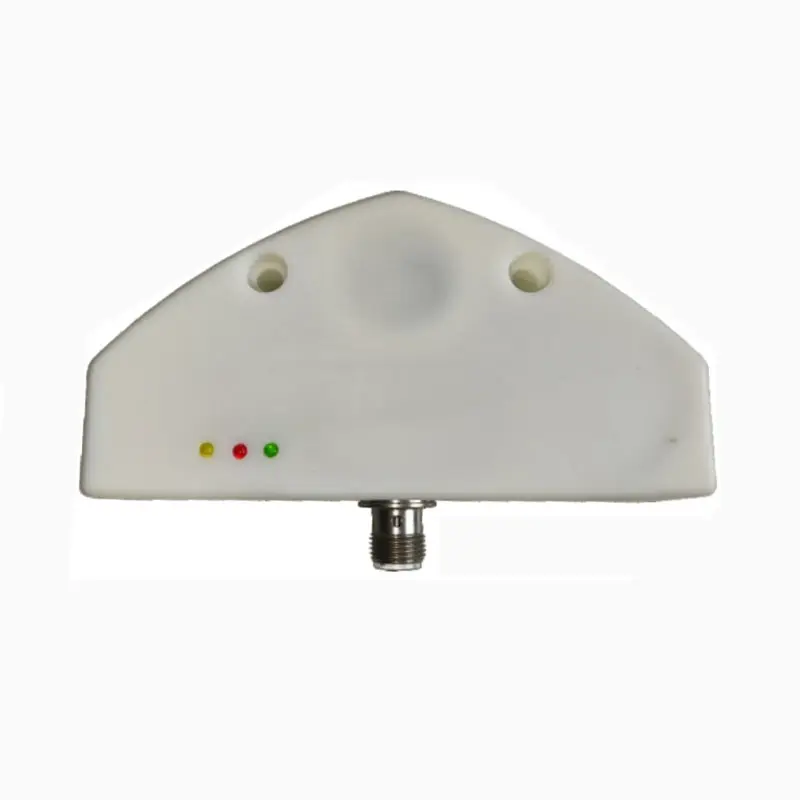magnetic sensor proximity
Magnetic sensor proximity devices represent a sophisticated advancement in detection technology, utilizing magnetic fields to precisely determine the presence and position of objects without physical contact. These sensors operate by detecting changes in magnetic fields when ferromagnetic materials or permanent magnets enter their detection range. The technology employs Hall effect principles or magnetoresistive elements to convert magnetic field variations into electrical signals, enabling reliable object detection even in challenging environmental conditions. Modern magnetic proximity sensors feature enhanced sensitivity, adjustable detection ranges, and robust construction suitable for industrial applications. They excel in applications requiring reliable position monitoring, speed detection, and object counting across various industries including automotive, manufacturing, and automation. The sensors maintain consistent performance regardless of environmental factors such as dust, humidity, or temperature variations, making them ideal for harsh industrial environments. Their solid-state construction eliminates mechanical wear and tear, resulting in extended operational lifespans and minimal maintenance requirements. These devices can be integrated into complex control systems through various output options, including digital and analog signals, supporting both simple presence detection and sophisticated position measurement applications.









